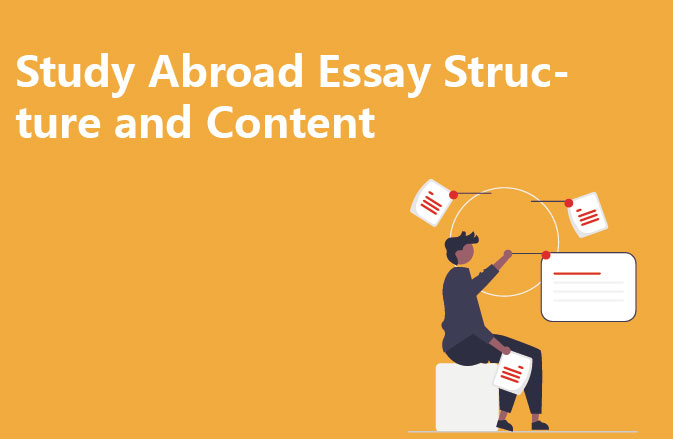Front matter
The front part of the main text contains the cover page, declaration page, acknowledgements and table of contents. The cover page contains the title of the thesis, information about the author(s) and the awarding organisation(s). Declaration page declares the independence and academic integrity of the thesis. The Acknowledgements section expresses the sincere gratitude to the supporters who helped the thesis during the writing process. The Table of Contents lists the chapter headings and page numbers.
Introduction
The introduction, like any other thesis, tells the background and purpose of the research. It provides the reader with an overview of the research area, describes the roots of the research problem, and identifies the research objectives and research questions. At the same time, it briefly reviews the relevant research literature, clarifies the shortcomings of the existing research findings, and outlines the research approach and methodology.
Literature Review
Literature Review is a comprehensive and systematic analysis of current research. It is necessary to read and collate all kinds of literature, journal articles and related resources in order to master the knowledge of the research field. This section builds up the theoretical system of the research and clarifies the impact and possible contribution of the research in the current academic circle.
Methodology
The Methodology section details the research strategy and methodology, as well as data collection and analysis methods. It covers the research design, sample selection, data collection equipment, and description of procedures. Sufficient detail should be provided to ensure that the study is reproducible and can be validated by others.
Findings
The Findings section presents the results of the study, which may include quantitative data from statistical analyses, qualitative data from thematic analyses, or other appropriate ways of presenting the data. The results should be logical and easy to understand, and can be presented using tools such as graphs and charts.
Conclusion
The conclusion section summarises the findings of the study and answers the research questions. Through a comprehensive evaluation of the study, and discuss the significance and practical value of the results. The conclusion can also discuss the limitations of the study and the direction of future research.
Posterior section
The Posterior section contains the bibliography, appendices and index. The bibliography details all the literature cited in the paper. The appendix section contains the overly complicated or detailed content of the text, such as questionnaires, raw data, graphs and charts, and so on. The index is an index of keywords and terms, which makes it easy for readers to search for what they need.
It should be noted that the writing framework varies according to subject areas, academic requirements and school regulations. It is recommended that you refer to the guidelines of your university or college and communicate with your supervisor to ensure compliance with academic norms when writing your thesis.




